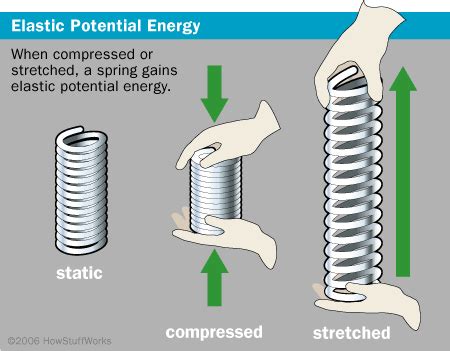Understanding the concept of elastic potential energy is crucial when exploring how objects like catapults and slingshots function. Elastic potential energy is stored energy when the shape of an object, like a catapult’s elastic band, is changed by a force. This energy can be transformed into kinetic energy, which propels objects forward.

One common application of this principle is in hand-launching models in contests, where contestants release their model directly from their hands without assistance. The Matrix Slik catapult, for example, uses solid Slik elastic in various sizes and power options, suitable for different match scenarios. This catapult elastic is designed for quick rebound, essential for long-range shooting.
Building a DIY catapult is a fun and educational activity, especially for children. It involves using materials like lollipop sticks, elastic bands, and sometimes items like milk bottle lids or super glue. The process teaches basic principles of physics and mechanics. For those more experienced, like seasoned shooters, understanding the nuances of catapult mechanics, like replacing the elastic and fixing the catapult for specific uses such as fishing, becomes second nature.
Survival situations might call for improvisation, using materials like surgical tubing, bungee cords, or even pieces of tire inner tubes as substitutes for traditional elastic bands. The Matrix SLIK Fishing Catapults are a testament to this adaptability, designed for precise bait placement during fishing. Exploring these different aspects of catapults and slingshots reveals the fascinating interplay of physics, engineering, and practical skills.

